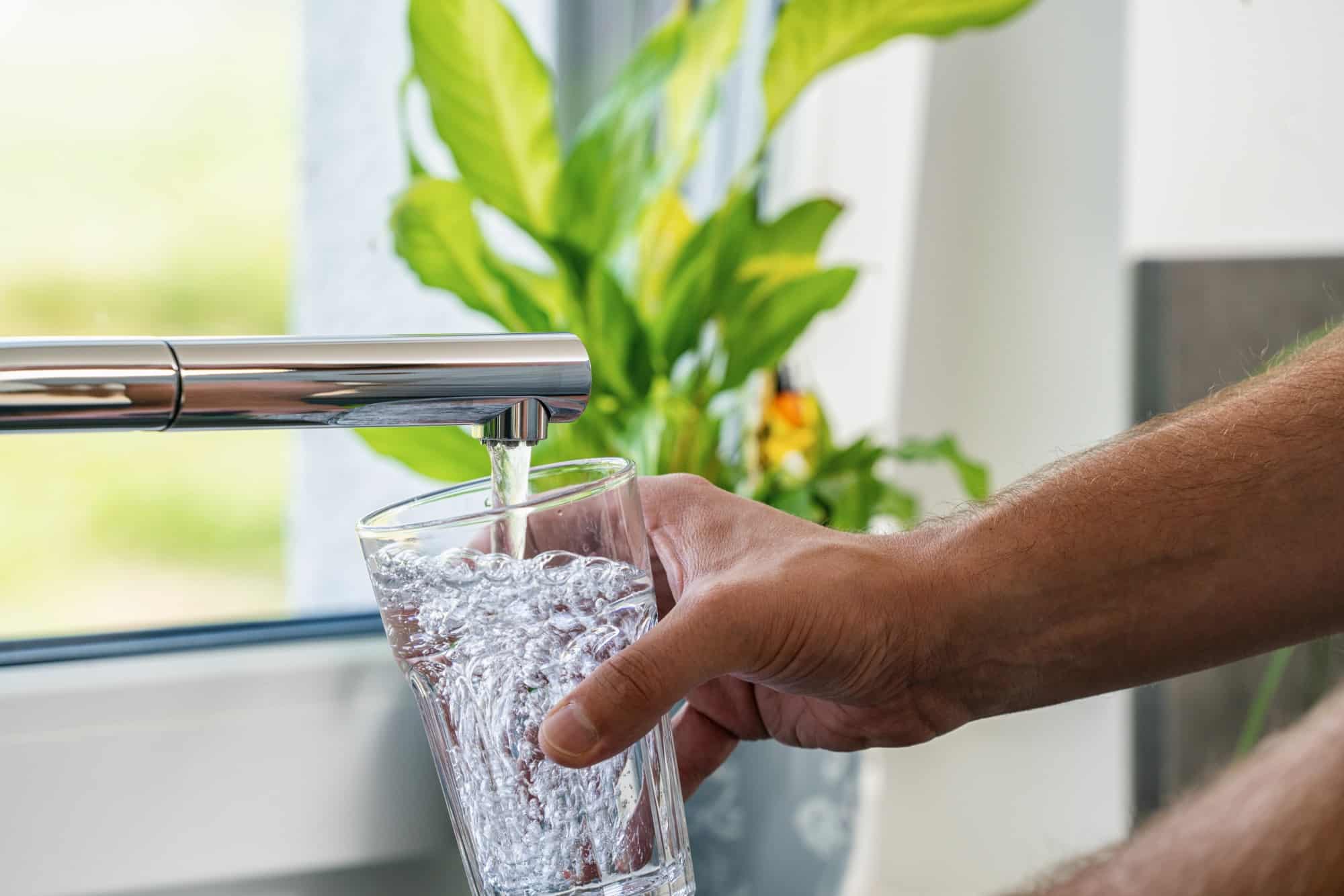Named after King George II, Georgia has an intriguing history field with intrigue, mystery, and violence, yet maintains an impeccable and warm-hearted southern charm (not to mention renown across the nation). However, aside from its well-known southern hospitality, Georgia is home to some truly stunning architecture. This post will discuss what makes it so unique and then explore seven of Geogias cities that are particularly regarded for their style.
What Makes Georgian Architecture So Fascinating?
Architecture in the state of Georgia, USA, is fascinating due to its historical and cultural significance, diversity of styles, and regional influences. From the historic mansions of Savannah to the modern skyscrapers of Atlanta, the architecture accurately represents the state’s rich history and culture. You can find unique properties in Georgia just about anywhere if you take the time to look. Here are some reasons that make it so captivating:
- Historical significance: Georgia has a rich history preserved in its numerous historical landmarks, such as antebellum mansions, colonial-era forts, and early 20th-century commercial buildings. Tracing the architectural progress helps the visitors to understand its cultural significance and its implication in today’s modern Georgia.
- Variety of styles: Georgia has experienced various architectural styles throughout its history. You can find examples of colonial architecture (17th-18th centuries), antebellum architecture (pre-Civil War, 19th century), Victorian architecture (late 19th-early 20th centuries), and modern architecture (mid-20th century onwards). This mixture of styles and time periods creates a vast architectural landscape.
- Regional influences: The state is home to different local architectural styles, influenced by regional factors such as culture, climate, and available materials. For example, Coastal architecture incorporates elements that can handle the humid subtropical climate, like raised foundations, pitched roofs, and wide porches.
- Iconic buildings: Georgia features several iconic buildings that showcase unique architectural designs. Some examples include the famed Savannah Historic District known for its elegant squares and charming townhouses, the Swan House in Atlanta with its Italian Renaissance Revival style, and the Fox Theatre with its blend of Islamic and Egyptian architecture.
- Innovative modern architecture: Georgia continues to see the development of new architectural landmarks with contemporary designs.
Let’s take a look at some of these and other reasons that make the buildings and design philosophy in this part of the world so intriguing.
Georgia’s Architecture Reflects A Unique Blend Of Styles From Various Historical Periods, Including Colonial, Antebellum, And Modernist
As briefly touched on, the state features styles that have emerged from its various historical periods. Indeed, Georgia’s architecture presents a unique blend of styles from various historical periods, reflecting the state’s rich cultural heritage and diverse influences. Some of these styles include:
Colonial architecture
Georgia’s Colonial architecture mainly emerged during the 17th and 18th centuries. It was characterized by simple, symmetrical designs and a focus on local materials such as red brick and wood. Examples of Colonial architecture include the Wormsloe Historic Site near Savannah and the Owens-Thomas House in Savannah.
Antebellum architecture
Antebellum architecture in Georgia dates back to the pre-Civil War era (roughly from the late 18th century to the mid-19th century). This style features grand homes with large columns, expansive porches, and symmetrical facades. Examples of Antebellum homes include the Mercer Williams House in Savannah and the Hay House in Macon.

Victorian architecture
Victorian architecture flourished in Georgia during the late 19th and early 20th centuries. This style featured ornate detailing, steep-pitched roofs, and decorative trim accents known as “gingerbread.” Some examples of Victorian architecture in Georgia can be found in towns like Madison and Thomasville and in Atlanta’s Inman Park neighborhood.
Modernist architecture
Modernist architecture emerged in Georgia in the mid-20th century and was marked by a shift towards minimalism and functionalism. Modernist buildings often feature clean lines, geometric shapes, and open floor plans. Notable examples include the High Museum of Art in Atlanta, designed by Richard Meier, and the J. Mack Robinson College of Business building in Atlanta, designed by John Portman.
Contemporary architecture
Contemporary architecture in Georgia incorporates innovative designs and sustainable materials to adapt to the needs of the 21st century. Examples include the Mercedes-Benz Stadium in Atlanta, featuring a retractable roof, and environmentally friendly buildings like Georgia Tech’s Kendeda Building, a net-positive energy and water facility.
These various architectural styles showcase the state of Georgia’s diverse history, cultural evolution, and continuous architectural innovation. Visitors and residents alike can experience a unique sense of time and place while exploring the remarkable built environment in Georgia.
The State’s Natural Landscapes Have Undoubtedly Had An Impact
The geography and landscape of Georgia have significantly influenced its architecture, leading to the development of unique designs and styles that cater to the specific characteristics, materials, and climate of the region. Georgia’s humid subtropical climate has shaped architectural features such as extended porches, wide eaves, and high ceilings. These elements help keep buildings cooler during hot summers, providing shade and facilitating natural ventilation.
Moreover, Georgia’s abundant natural resources, such as wood, brick, and stone, have influenced the building materials in various architectural styles. For example, red clay produced by the state’s distinct soil has been a popular material for making bricks, while wood from local forests was widely used in both residential and commercial buildings. In addition, the varied landscape, encompassing coastal plains, the Piedmont plateau, and the Blue Ridge Mountains, has led to unique regional architectural styles. Coastal architecture often includes raised foundations to protect against flooding, while mountain cabins use local wood and stone in their construction.
Also, when you look at its agricultural heritage, you can see how it has influenced the architecture of farmhouses and plantations. These buildings incorporate practical design features, such as large barns, carriage houses, and gardens, reflecting the state’s agricultural roots. Furthermore, Georgia’s varied degrees of urbanization have also impacted architectural styles. Cities like Atlanta have seen the rise of modern and contemporary architecture, emphasizing glass, steel, and tall skyscrapers. In contrast, rural areas have preserved more historic structures and traditional architecture, maintaining the state’s distinctive cultural heritage. By adapting to the local geography, landscape, and regional needs, Georgia’s architecture showcases a fascinating interaction between the built environment and its natural surroundings, resulting in a diverse and context-sensitive architectural landscape.
It Often Features Intricate Ornamentation And Attention To Detail
One of the hallmarks of Georgian architecture seems to be its laser focus on creating incredibly ornate decoration with a very high degree of attention to detail. This is particularly ubiquitous in the buildings from the colonial to the Victorian period and has tapered off as a more modernist approach took hold in the past 50 years. Many of the buildings in cities such as Savannah and Atlanta feature ornate details such as ironwork balconies, decorative cornices, and elaborate moldings. These details are often inspired by different architectural styles, such as Victorian or Gothic, and are a testament to the skilled craftsmanship of the builders who constructed these buildings.

Cities Worth Exploring If You Are An Architecture Buff
By now, you, hopefully, have a pretty good understanding of the style and influences that molded the buildings in the state. However, if you are a history/architecture devotee, you probably want o know where you can visit to see these designs in all their glory.
Savannah
Savannah is a must-visit destination for architecture buffs, boasting a rich history and diverse architectural styles. The city’s well-preserved historic district features stately antebellum mansions, ornate Victorian homes, and elegant townhouses with wrought-iron embellishments. Wandering through the picturesque city squares, visitors can appreciate the unique urban planning that shapes Savannah’s distinctive character. The city also offers informative architectural walking tours, allowing enthusiasts to delve deeper into its architectural evolution. In Savannah, architecture lovers can truly immerse themselves in the rich tapestry of styles spanning centuries and revel in the living testament of Southern history and charm.
Atlanta
Atlanta, a vibrant metropolis, is a must-see for those who appreciate diverse architectural perspectives. The city beautifully blends its rich history with innovative modern designs. As previously mentioned, iconic landmarks range from the historic Fox Theatre to the striking modern High Museum of Art by Richard Meier. Atlanta is home to acclaimed architect John Portman’s signature buildings, including the futuristic Westin Peachtree Plaza and the Marriott Marquis. Exploring Atlanta’s architecture takes visitors on a time-traveling journey through various architectural styles, making it a captivating experience for aficionados of design, history, and urban development.
Columbus
Columbus offers architecture enthusiasts a charming blend of historic and modern styles. The city features beautifully preserved antebellum mansions like the Pemberton House and quaint historic districts like High Uptown. Additionally, Columbus showcases the RiverCenter for Performing Arts, a modern architectural gem. With its mix of elegant history and contemporary innovation, Columbus provides a delightful architectural voyage for visitors to explore and appreciate.
Athens-Clarke County
Athens-Clarke County boasts stunning architecture, blending historic charm with a modern flair. Home to the University of Georgia, its picturesque campus showcases neoclassical structures, like the iconic Chapel. Additionally, the eclectic downtown area features well-preserved Victorian-era buildings alongside contemporary structures, making Athens a visually striking architectural haven. While not as well-known as other locations in the state, it’s well worth a visit nonetheless.
Sandy Springs
Sandy Springs presents a suburban architectural scene that combines elements of tradition and growth. Architectural enthusiasts will appreciate the city’s mix of classic Southern homes, mid-century modern residences, and contemporary commercial buildings. This rapidly developing community showcases the evolving architectural landscape in Georgia’s thriving urban environments.
Roswell
Roswell offers a delightful architectural display boasting well-preserved historic homes, churches, and mills. Its charming antebellum architecture tells a tale of Southern heritage, while newer neighborhoods exhibit contemporary design, reflecting the city’s evolving character and appeal. Moreover, it has produced some of the nation’s most prolific entrepreneurs.
Augusta-Richmond County
Like many counties in the Peach State, Augusta-Richmond County showcases diverse architecture, featuring historic mansions, quaint churches, and elegant old-town districts. This Georgia destination presents a fascinating blend of styles that reflect its rich heritage and evolving identity into a modern, prosperous community.
From its humble beginnings (or not so humble if named after a monarch!), the style and vibe of Georgia have managed to evolve yet stay true to its roots. If you have even just a passing interest in architecture, you should highly consider visiting the cities mentioned in this post.
Discover more from Futurist Architecture
Subscribe to get the latest posts sent to your email.




